After the merger of the three provinces of Vinh Long, Tra Vinh and Ben Tre, the Vinh Long Education sector has added unprecedented resources and scale, posing great challenges and opportunities for innovation in management and improving the quality of education in the new context.
Comprehensive reorganization, accelerating preparation for the new school year
According to the Department of Education and Training of Vinh Long province, after the merger, the education sector has more than 1,400 educational institutions from kindergarten to high school, with nearly 41,500 cadres, teachers, staff and hundreds of thousands of students. This is one of the largest local education sectors in the Mekong Delta region today.
The province currently has more than 1,400 educational institutions from preschool to general education and continuing education. Of which: Preschool Education currently has 417 schools, Primary Education 455 schools, Secondary Education 312 schools, High School 106 schools. The province has 3 Continuing Education Centers, 18 District and City Vocational Education and Continuing Education Centers; 2 Secondary Schools, 6 Colleges and 5 Universities.
All levels of education are covered, including boarding schools for ethnic minorities, specialized schools, vocational education centers, and continuing education centers. The university and college network is also reorganized with the participation of Cuu Long University, Tra Vinh University, and a number of vocational schools.
“We see this as an opportunity to build a synchronous, flexible and responsive education system. However, there are inevitable difficulties in unifying operations and reorganizing the apparatus, especially in management,” Ms. La Thi Thuy, Director of the Department of Education and Training of Vinh Long province, emphasized.
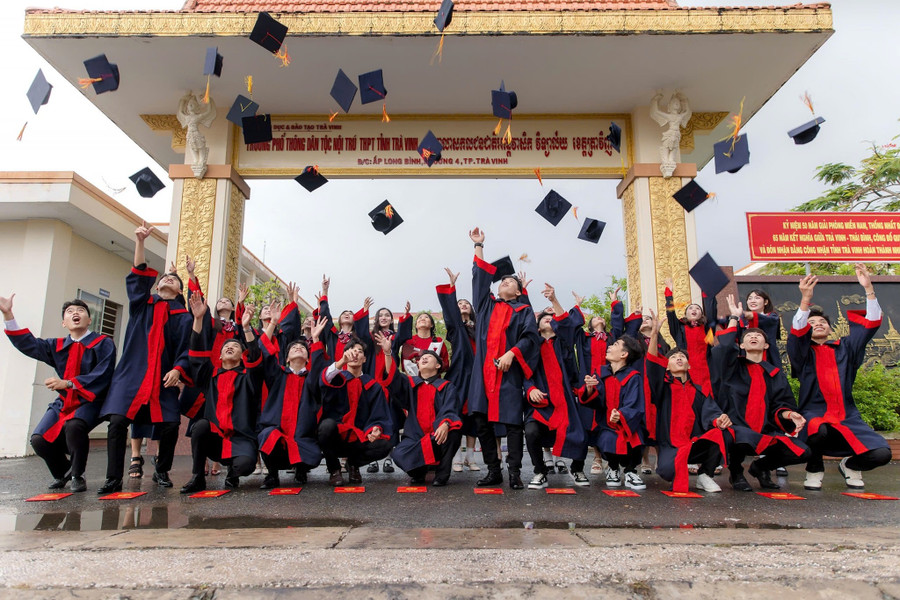
According to Ms. La Thi Thuy, the team of nearly 41,500 cadres, teachers and employees is the advantage of the industry when entering the new context. To be ready for the 2025-2026 school year, the province is urgently arranging personnel, reorganizing the school network, preparing facilities and implementing professional activities in a flexible and modern direction.
Mr. Nguyen Minh Dung, Chairman of the People's Council of Vinh Long province, said that in the initial period after the merger, there will be many difficulties in management and procedures. However, the core issue is to change the mindset, shifting from administrative management to creative and flexible management methods, while improving the quality of the industry.
Leveraging digital transformation and regional connectivity to make a breakthrough
The efforts of the Vinh Long education sector in reorganizing after the merger also show a proactive spirit. Without waiting for policies, the sector has been implementing many interconnected models, merging the Department of Education and Training, Continuing Education Center and vocational units. The province has also begun to build a comprehensive digital transformation project in education, taking advantage of IT systems and online learning platforms to increase interaction and efficiency.
Mr. Nguyen Hong Bao, Principal of Nguyen Binh Khiem High School for the Gifted, Vinh Long, shared: “After the merger, we really hope that the training program, assessment methods, and some content of some subjects on History and Geography about the locality will be unified. However, the positive point after the merger is that there will be more opportunities to study, exchange, and compete between school clusters, especially in the movement of innovation in teaching”.
Not only in urban areas, schools in remote areas and Khmer ethnic minority areas have also had many positive changes. Mr. Kim Chan Ta Na, Principal of Tra Vinh Province Boarding High School for Ethnic Minorities (formerly) said: “In recent years, ethnic minority students have received more attention, especially in boarding support policies and tuition exemptions. After the merger, we expect that school facilities will be upgraded more evenly, and teachers in remote areas will also have access to training programs like teachers in other educational institutions.”
To ensure stable educational activities after the merger, the Department of Education and Training of Vinh Long is also coordinating with relevant departments to review and rearrange educational facilities, prioritizing investment in degraded schools. Up to now, educational facilities subject to repair and upgrade in preparation for the 2025-2026 school year have basically been implemented as planned. Some ethnic boarding schools and specialized schools will receive new investment in classrooms, dormitories, libraries and laboratory equipment...
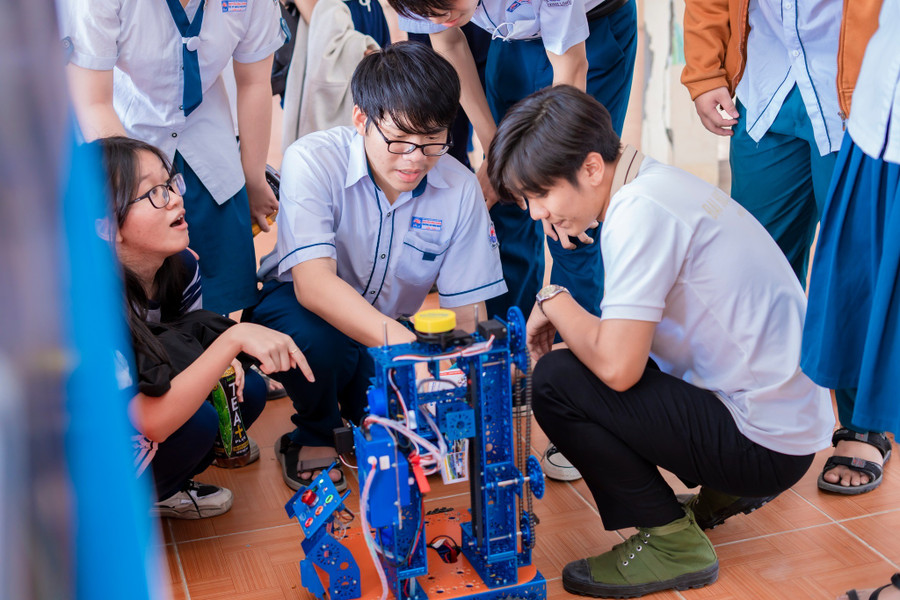
On the staff side, the Department has completed 70% of the regular training content for managers and teachers to prepare for the new school year. The training content focuses on digital transformation, implementing the new General Education Program, assessing student capacity and designing experiential activities. In particular, teachers can participate in online learning via the inter-provincial LMS system, helping to reduce costs and increase learning efficiency...
Since the merger policy was announced, the Education sector has identified the top priority tasks as "Stability - Inheritance - Integration - Development". In the long-term development roadmap, Vinh Long Education sector is setting goals with key programs such as developing high-quality human resources, promoting linkages between schools, businesses, and vocational centers, while promoting STEM education and school startups.
Source: https://giaoducthoidai.vn/nganh-giao-duc-vinh-long-san-sang-buoc-vao-ky-nguyen-moi-sau-sap-nhap-post741458.html


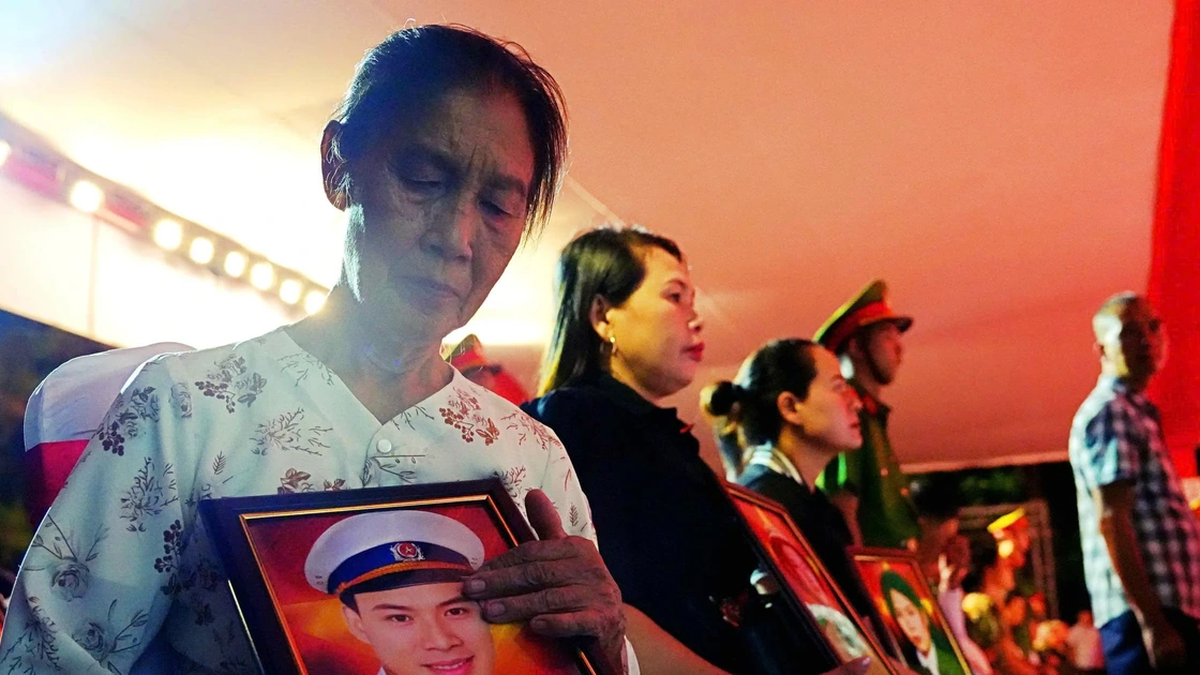




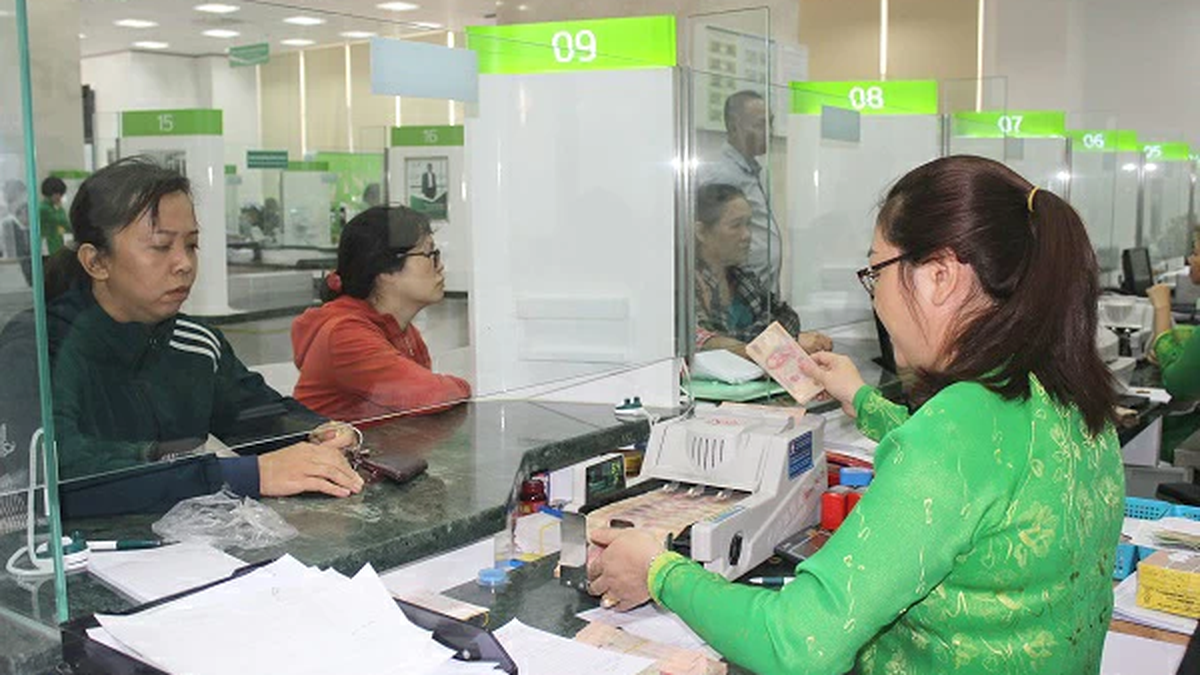


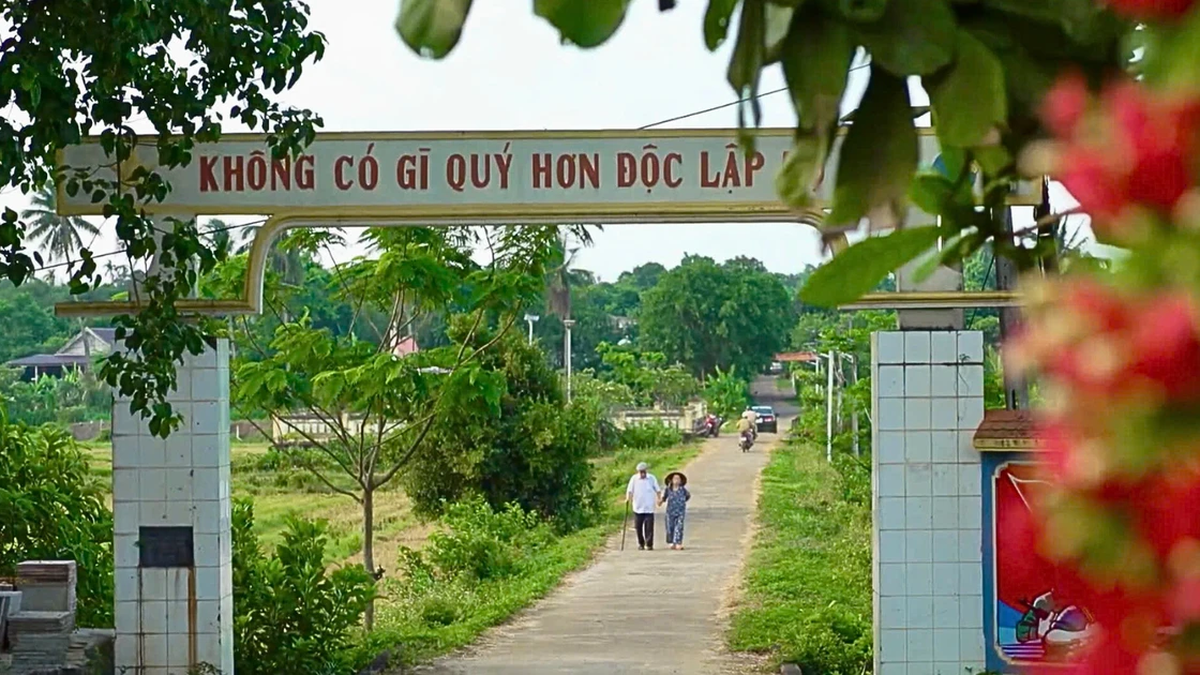
























































































Comment (0)